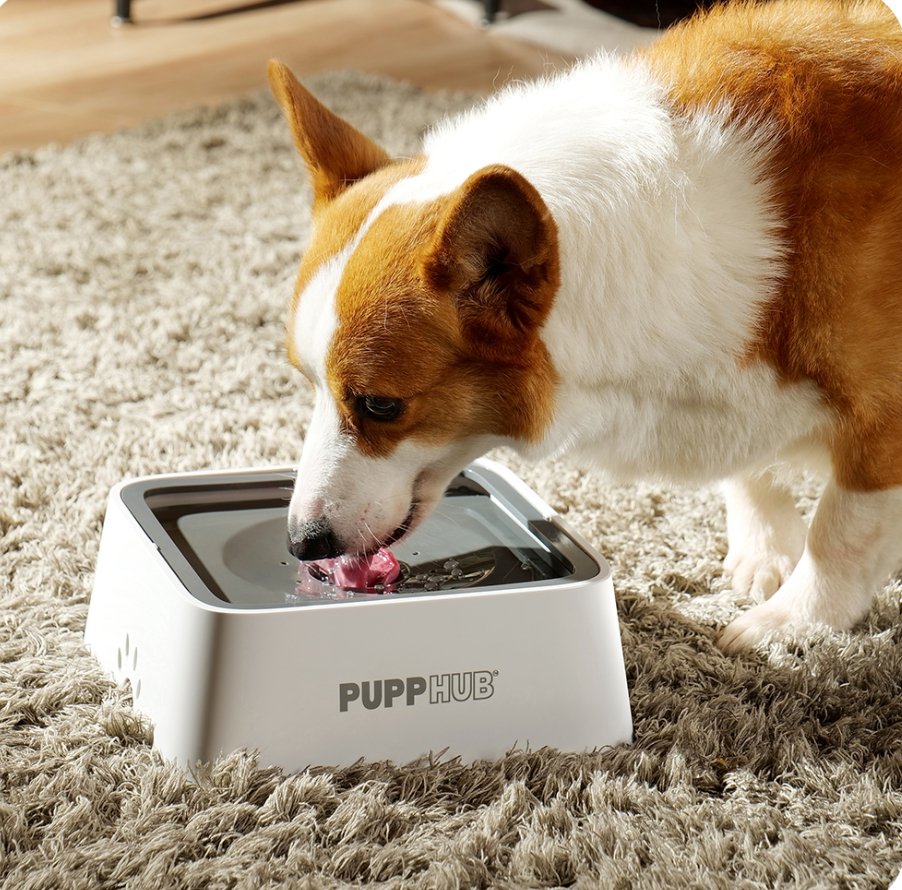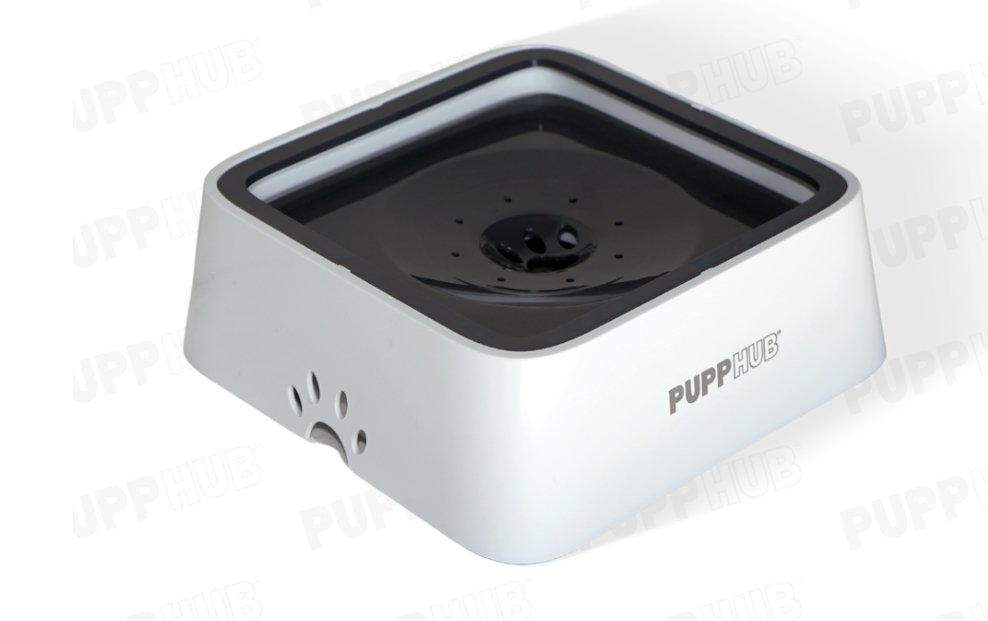Owning a dog is a skilled job! Families who have had/are in the process of getting one know this all too well!
Today’s inventory of dog breeds suitable for newbies to enter the pit, both large and small. Once again, I remind you: you need companionship to raise a dog, and you need to be careful when entering the pit.
Golden Retriever: the sunshine warm man/goddess
Originating in the 19th century in England, the Golden Retriever is a regular guest at tea parties in aristocratic circles.
- Advantages: The Golden Retriever’s personality is like the warmth of the sun, loyal and friendly, and it is also a smart learner!
- Training tips: Through positive incentives and clear commands, it can be quickly taught to sit, shake hands and other simple actions. In addition, the Golden Hair likes to interact with people, so be there for him and play with him more often!
- Care tips: Golden Hair needs regular combing to reduce hair fall and avoid hair “face”; at the same time, due to its large size, it needs enough space for exercise and activities, take it out for a walk and play every day to ensure that it is in a stable state.
Husky: Cool Arctic Wind
Coming from the cold Siberia, the Husky is a natural spokesperson for “coolness”.
- Benefits: Cool on the outside, energetic on the inside. It’s athletic and can run with you to the ends of the earth. (And he’s not afraid of the cold. The colder it gets, the more excited he gets!)
- Training Tip: He is a bit of a “two-timer”, but very smart. Patience and consistency are key when training. Use snacks and praise to motivate him to learn new moves. Since Huskies love to run, play a game of chase to improve your interaction and trust.
- Care Tip: Huskies have thick and tangled hair that needs to be brushed and cleaned regularly. Huskies are very energetic and need to be provided with sufficient exercise time, otherwise, they will have a hard time breaking up the house. Also! He is very afraid of heat! Take care to provide him with plenty of water. PUPPHUB ‘s Anti Splash Dog Bowl The Zero Splash is perfect for dogs.The 68 oz/2L model includes a built-in filter that provides clean, pure water. This water bowl also comes with a smart float. The adjustable float plate isn’t just for convenience, it’s for your pet’s safety. It slows down the rate at which they drink, reducing the risk of chambering and vomiting.
Poodle: The Elegant Little Gentleman/Lady
Originated from France, the exclusive playmate of early aristocrats
- Advantages: No shedding, high IQ, easy to train for performing a variety of maneuvers and skills.
- Training Tips: The Poodle is very intelligent and eager to learn, so it can be trained to master a variety of skills through positive motivation and clear commands. Since it is good at performing and mimicking human behavior, it can be taught some fun moves.
- Care tips: The Poodle’s coat needs to be trimmed and combed regularly to keep it neat and beautiful. However, it is important to pay attention to balanced nutrition and moderate feeding in order to avoid obesity.
Corgi: “Short-legged Runner”
One of the favorites of the British royal family! Typical short-legged runner!
- Advantages: brave, loyal and easy to train; very passionate and attached to their owners; undoubtedly a companion dog!
- Training Tips: Corgis are very smart and easy to train; you can teach them various actions and skills through positive motivation and clear commands; and using snacks as rewards can help them grasp what they are learning more quickly! In addition, in the training process to maintain patience and consistency, avoid excessive harshness or spoiled Oh!
- Care tips: Corgi’s hair is thick and soft, and needs to be combed and cleaned regularly to avoid tangles and odor problems. The most important thing is to avoid obesity problems. Remember to walk the dog, enough exercise and playtime to satisfy the active nature!

French Bulldogs: Nerdy Little Cuties
The French Bulldog evolved from the English “Toy Bulldog” and was bred and improved in France to become what we know today as the French Bulldog.
- Advantages: The French Bulldog is cute and adorable in appearance, and has a gentle and kind personality. They are usually quiet and do not bark excessively, which makes them ideal for keeping in the city. At the same time, the owner is very loyal, will come forward when the owner is in danger, after all, the blood of the fighting dog, something really on, don’t believe it!
- training skills: although the French fighting dog IQ is not particularly high (there are also high, line, right), but they are very sensitive and willing to please the owner. When training, use positive incentives, such as snacks as a reward, it works!
- Care Tip: The Frenchie’s face and ears need to be cleaned regularly to maintain hygiene. As they have short nasal passages and are prone to breathing difficulties, special attention should be paid to preventing heatstroke and cooling in hot weather. In addition, Frenchies should not engage in strenuous exercise, and proper walking and playing can fulfill their exercise needs.
Cavalier King Charles Spaniels: The Newest Star of Pets
Dating back to the 15th century, the Cavalier King Charles Spaniel was originally bred to hunt small game, and was a favorite of King Charles II of England, appearing frequently in paintings and historical documents of the time to emphasize their special status. By the 17th century, they had become very popular pets among the English nobility and high society.
Recognized as a separate breed by the British Kennel Club in 1945.
- Benefits: The Cavalier King Charles Spaniel is known for its friendly and gentle nature. They are very affectionate towards humans, very intelligent, curious about new things and easy to train. They adapt quickly to new environments.
- Compared to other breeds, the Cavalier King Charles Spaniel has relatively low exercise requirements, making it suitable for the busy city life.
- Training Tips: Positive motivation works well for the Cavalier King Charles Spaniel, which is very sensitive to praise and rewards, but needs some time and patience.
- Care tips:
- Ø Regular grooming: The Cavalier King Charles Spaniel’s coat is soft and dense, and needs to be combed regularly to keep it neat and tidy.
- Ø Ear cleaning: As the ears of the Cavalier King Charles Spaniel are long and drooping, they are prone to harboring bacteria, so they need to be checked and cleaned regularly.

